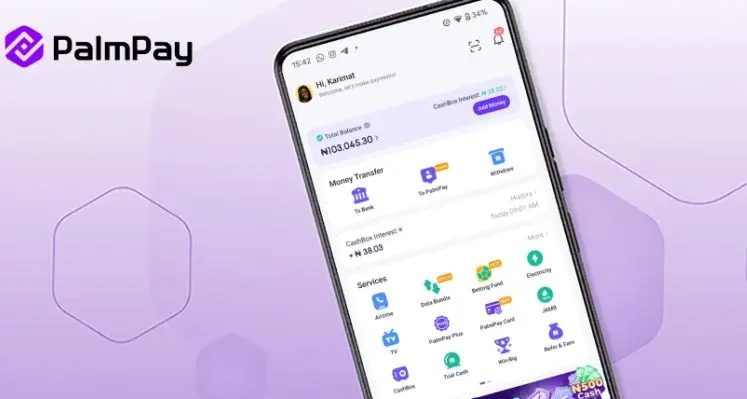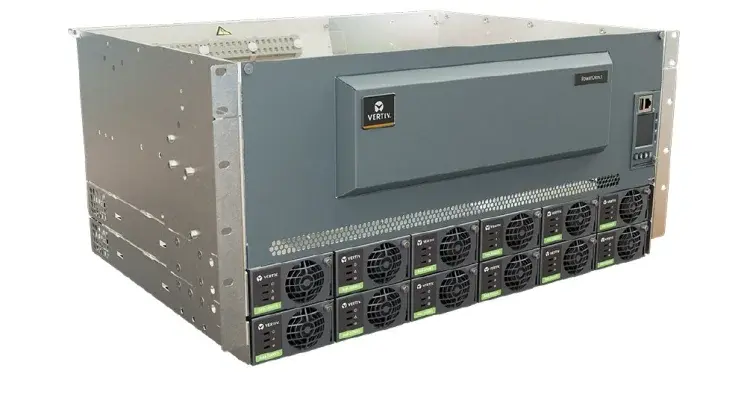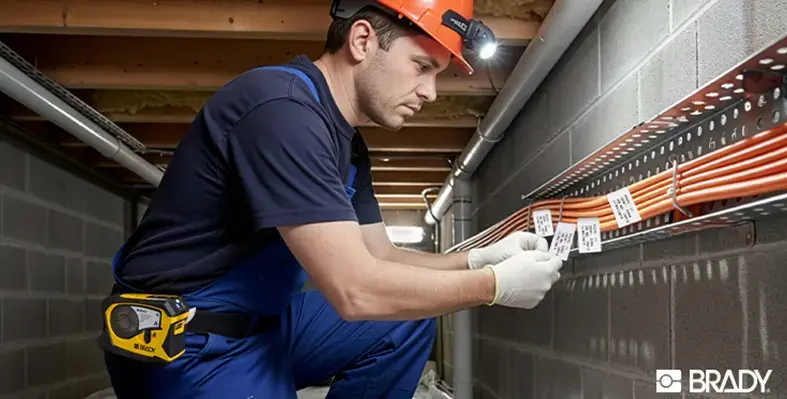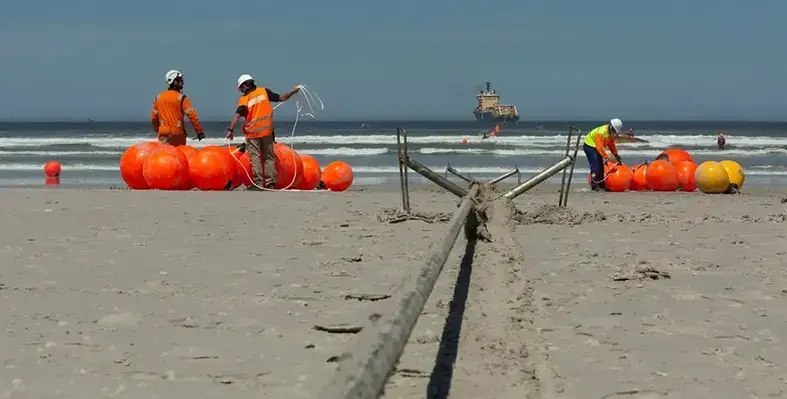Page 3 of 3Managing IP-based video transport
Nevion's Jan Helgesen delivered a convention paper entitled Simplifying the management of video over IP:
"We’re moving to a highly dynamic world where setup and teardown of services on demand is required to meet transport needs that can change within minutes. The industry is quickly adopting IP to transport video and audio services, and build media networks that can adapt to user requirements.
"Meeting the challenges of this new reality demands a new integrated approach to simplify provisioning of fully managed media services across multiple network layers, including media edge devices (encoders and decoders), and core routing and switching infrastructure.
"An end-to-end perspective is essential for allocating sufficient bandwidth and providing the appropriate protection and security for media services across a shared IP infrastructure. Static provisioning of bandwidth, protection and security profiles is no longer feasible in this dynamic environment.
"We have developed a framework that describes the building blocks for delivering video and audio services across fibre, SDH/SONET and IP network. At its heart is the ability to send managed services, consolidate data across the entire network, provide a service perspective on operations, and provide occasional or permanent services."
Exhibition highlights
Artel Video Systems and Nevion announced the successful completion of interoperability testing to ensure the compatibility of their equipment for transporting video signals over IP networks. The tests confirmed compliance with the SMPTE 2022-6 high bit rate media transport standard for uncompressed video encapsulation over IP/Ethernet.
The tests included interconnection of Nevion’s Ventura and Artel Video Systems’ DigiLink platforms. They followed on from interoperability evaluations carried out in February at VidTrans 2013 in Marina Del Rey, California. At VidTrans, Nevion and three additional members of the Video Services Forum came together for a multi-system test over four days to ensure compliance and interoperability to SMPTE 2022-5 and SMPTE 2022-6.
Aviwest and Panasonic announced their collaboration to create a fully integrated camcorder and cellular live video uplink transmitter. The solution combines the new Panasonic AG-HPX600 P2 camcorder with the AVIWEST DMNG PRO 3G/4G-LTE video uplink platform (Figure 3). The DMNG PRO is connected to the camera's USB port, enabling the camera operator to control the transmitter through the camera viewfinder.
The DMNG PRO is available with up to eight internal 3G or 4G modems feeding an array of eight high gain custom antennas. These antennas have been designed specifically for this platform to strengthen signal reception and transmission in critical areas while complying with international SAR (Specific Absorption Rate) recommendations.
Axon Digital Design BV demonstrated an audio video bridging platform based on the IEEE 802.1 standard as an alternative to SDI-based delivery. Axon has licensed Xavity Video for Altera FPGAs, providing networked time synchronisation, automatic bandwidth reservation and traffic shaping. Xavity allows multiple streams of data to be sent across a single network, eliminating the need for dedicated audio and video matrix switchers.
Ateme exhibited its new Kyrion CM5000 modular hardware encoding platform, designed for video and audio content distribution over satellite and IP/ASI networks. The CM5000 can handle MPEG-2 and MPEG-4 AVC in standard definition and 1080p50/60 high definition, from 4:2:0 8-bit up to 4:2:2 10-bit. It can be configured as a single channel or dual channel encoder, or as a single channel encoder including built-in DVB-S/S2 modulator. Three extension slots allow inclusion of optional audio boards for analog or digital inputs.
NTP Technology's Penta 721 IP routing and distribution interface (Figure 4) made its first NAB Show appearance. This gives broadcasters and studio managers the flexibility to distribute digital audio via IP-based Gigabit Ethernet from a single chassis.
The IP audio protocol used in the Penta 721 is powered by Dante technology and is compatible with Dante-compliant third-party products. The 721 allows a full-bandwidth uncompressed audio routing network to connect multiple remote sites such as regional broadcast stations through a local or wide area network.
For sound studios, IP audio networking offers more flexible and less costly networking than the traditional AES/EBU, AES50 or MADI point-to-point systems. Up to 512 channels can be routed via the Penta 721 on a one gigabit network, or more if the network capacity is higher. The interface is TCP/IP controlled via one or two Ethernet ports. Latency is less than one millisecond. Signal sources and destinations can be configured onscreen via any standard browser using NTP's RCCoreV4 routing control software.
Summary
Alec Shapiro of Sony opened an NAB presentation a few years back with the claim that, in broadcasting, "Change is the only constant".
The quote was not as original as I had assumed, having first been expressed some 2,500 years earlier by a Greek philosopher, Heraclitus. Be that as it may, the television sector continues to develop with great rapidity. Whether broadcasters invest in ultra-high-definition is almost academic; internet-based content distributors will certainly do so.






















